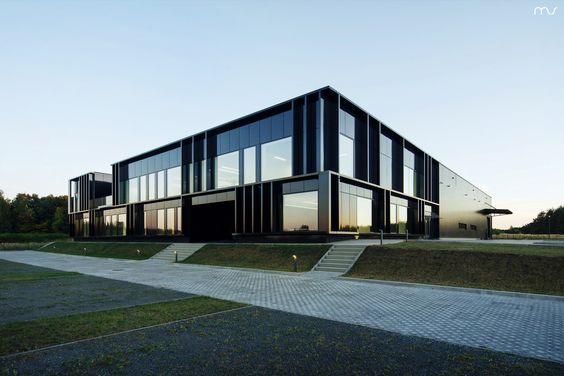Proper ventilation is essential for maintaining a healthy and comfortable indoor environment in commercial spaces. Commercial windows and doors play a crucial role in ensuring adequate airflow and ventilation. In this article, we will explore various strategies and considerations to ensure proper ventilation with commercial windows and doors, focusing on practical solutions for businesses. As a leading provider of commercial glass solutions, McDowell Glass understands the importance of ventilation in commercial buildings and offers expert insights into optimizing ventilation systems.
Understanding the Importance of Commercial Windows and Doors
Before delving into specific strategies, it’s essential to understand why ventilation is critical in commercial spaces. Adequate ventilation helps remove pollutants, odors, and moisture from indoor environments, promoting better air quality and occupant health. It also helps regulate indoor temperature and humidity levels, enhancing comfort and productivity. Insufficient ventilation can lead to a range of issues, including poor indoor air quality, mold growth, and discomfort for building occupants.
Selecting the Right Windows and Doors
Choosing the appropriate windows and doors is the first step in ensuring proper ventilation in commercial buildings. Opt for products that are designed to facilitate airflow while providing security and energy efficiency. Consider factors such as window size, type (e.g., casement, sliding, or awning), and material (e.g., aluminum, vinyl, or wood) based on your specific ventilation needs and building requirements. Collaborating with experienced suppliers like McDowell Glass can help you select the most suitable doors and windows for your commercial space.
Utilizing Operable Windows
Incorporating operable windows allows for greater control over ventilation in commercial buildings. Unlike fixed windows, operable windows can be opened and closed to adjust airflow as needed. This flexibility enables occupants to regulate indoor air quality and temperature according to preferences and external conditions. When designing or renovating commercial spaces, prioritize the installation of operable windows in areas where natural ventilation is desired, such as offices, lobbies, and meeting rooms.
Implementing Ventilation Strategies
Beyond window selection, implementing effective ventilation strategies is crucial for optimizing airflow in commercial buildings. Utilize cross-ventilation by positioning doors and windows strategically to encourage the flow of air throughout the space. Additionally, consider installing ventilation systems, such as exhaust fans or mechanical ventilators, in areas prone to poor airflow, such as restrooms and kitchens. These systems can supplement natural ventilation and improve indoor air quality, especially in large or multi-story buildings.
Maintaining Proper Airflow
Regular maintenance of windows, doors, and ventilation systems is essential to ensure optimal airflow in commercial spaces. Schedule routine inspections to check for any signs of damage or obstruction that may impede ventilation, such as damaged seals, clogged vents, or malfunctioning mechanisms. Clean doors and windows regularly to remove dust, debris, and buildup that can hinder operation and airflow. Addressing maintenance issues promptly can prevent ventilation problems and prolong the lifespan of your commercial windows and doors.
Enhancing Energy Efficiency
While prioritizing ventilation, it’s also important to consider energy efficiency to minimize heating and cooling costs in commercial buildings. Choose commercial windows and doors with high-performance glazing and insulation properties to reduce heat transfer and improve thermal comfort. Implement shading devices, such as blinds or awnings, to control solar heat gain during peak hours without sacrificing ventilation. Additionally, consider integrating automated systems or smart controls to optimize ventilation and energy usage based on occupancy and environmental conditions.
Promoting Occupant Comfort and Well-being
Ultimately, the goal of proper ventilation in commercial buildings is to enhance occupant comfort, health, and well-being. By providing a well-ventilated indoor environment, businesses can create a more pleasant and productive workspace for employees and visitors alike. Encourage feedback from building occupants regarding ventilation preferences and address any concerns or issues promptly. Investing in proper ventilation demonstrates a commitment to sustainability and occupant satisfaction, which can positively impact the reputation and success of your business.
Conclusion
Proper ventilation is essential for maintaining a healthy, comfortable, and efficient indoor environment in commercial buildings. By selecting the right doors and windows, implementing effective ventilation strategies, and prioritizing maintenance and energy efficiency, businesses can ensure optimal airflow and indoor air quality. McDowell Glass offers a range of commercial glass solutions designed to enhance ventilation and performance in commercial spaces. With careful planning and attention to detail, businesses can create spaces that promote occupant comfort, well-being, and productivity while minimizing environmental impact.





